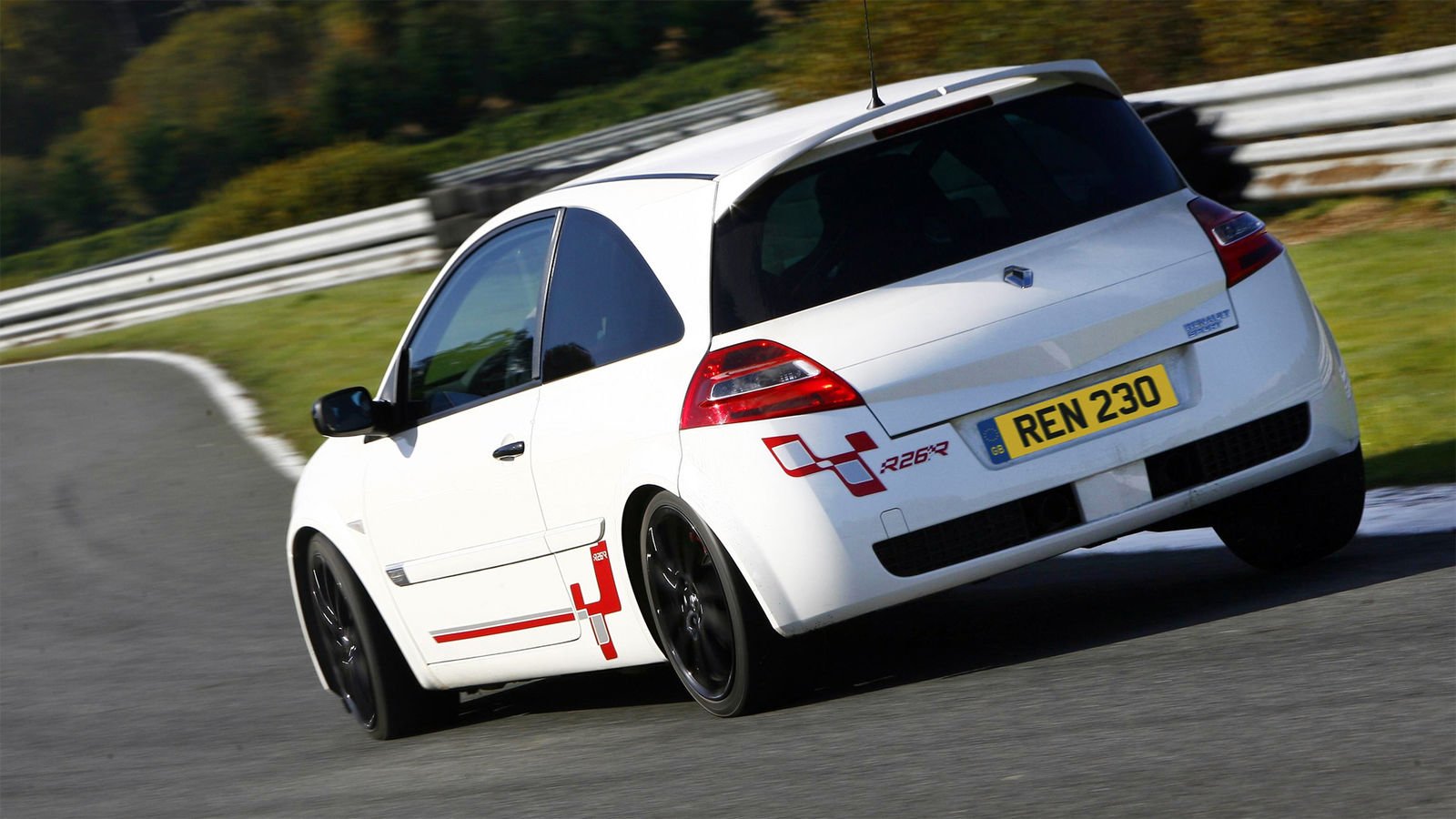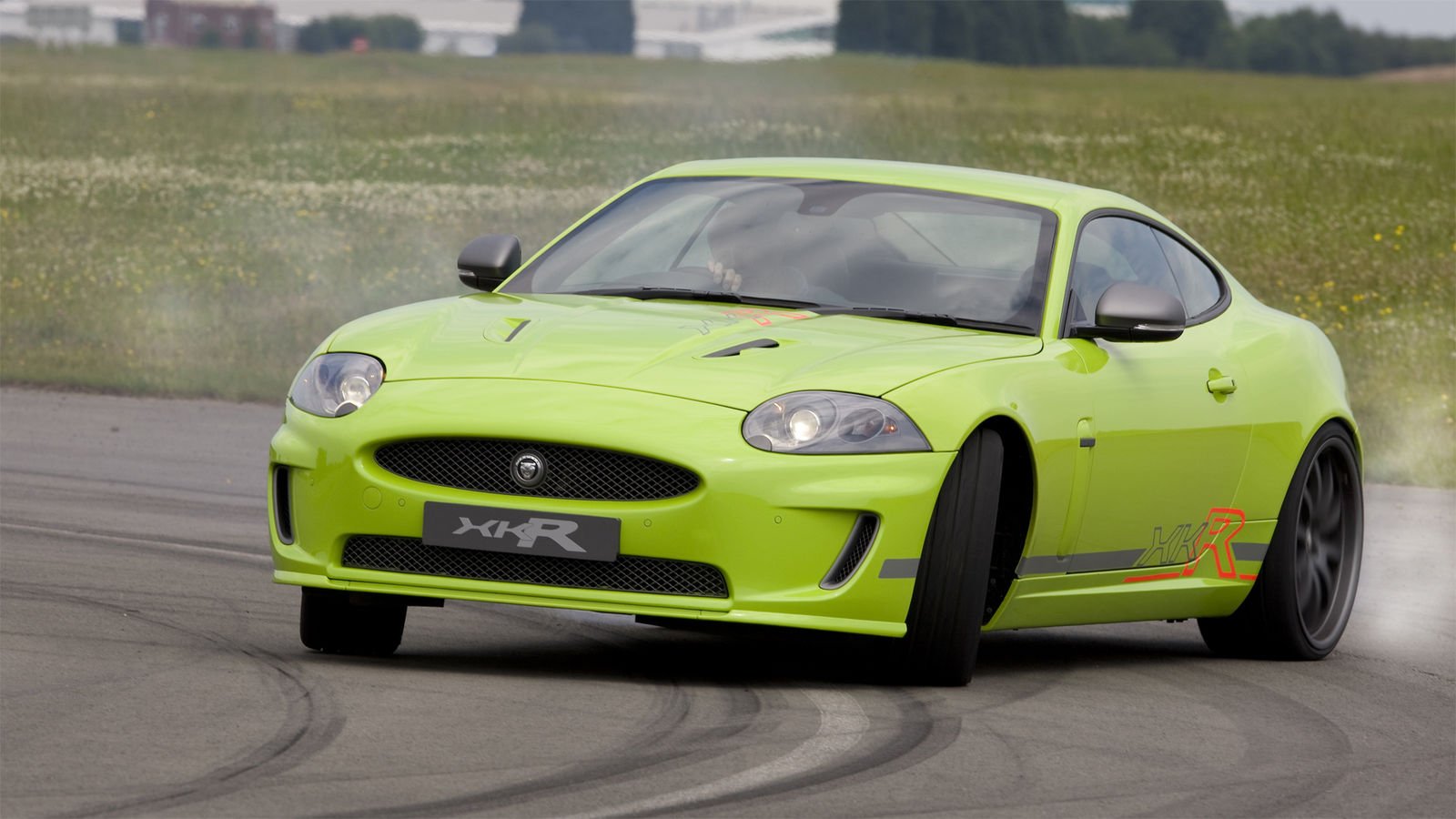Hello, Everyone. Today, I will explain the difference between understeer and oversteer and how to avoid them.
What is Understeer?

You might have noticed an understeer when cornering at high speeds. This phenomenon happens mostly in FWD (Front-wheel-drive) cars, it also happens in front-biased four-wheel-drive cars and rear-wheel drive. It simply means “the car steers less than the amount commanded by the driver“.
Understeer mostly happens when your car loses its grip due to high-speed cornering or hard braking in the corner. This extra momentum may cause the front tires to slip in the direction you’re travelling so instead of turning, the car ploughs straight on, and you also lose control of the steering.
How to Avoid Understeer?
The first thing to keep in mind is that you should not corner at high speed. If the road condition is not good, it is better to turn at slow speeds. It can be as innocuous as doing 20 Kmph around a damp mini-roundabout.
If you start understeering, you should reduce the amount of accelerator or brakes you are pressing, but don’t let go of completely as you might completely lose control of your car and spin on its own axis, and reduce the steering angle you are applying. It is easier said than done cause less experienced drivers will turn the steering more, locking the front wheel and creating a slip angle, which reduces the contact patch between the road and the tires.
Before doing all this, you might run off the road, but still, you will increase your chance of regaining control of your car, and if the road is big enough, you might stay on the road. So always turn at the correct speed according to the road conditions.
What is Oversteer?

This phenomenon happens when a car steers more than the amount commanded by the driver. We can also call it drifting if you can control the situation. It is exactly the opposite of understeering, only this time the rear wheels lose control. This occurs mostly in RWD (Rear Wheel Drive).
The most common reason is that you have pressed too much throttle coming into the corner or completely lifted off the throttle in the corner, both causes oversteer. Another reason for oversteer is lower gear selected at high speeds. The rear wheels lock up, and the lower gear is unable to power the wheels.
How to Avoid Oversteer?
The same advice to understeers applies to oversteers, slow down! Don’t accelerate on the corner or hit the brakes hard. If you are an inexperienced driver and unfortunately you end up oversteering, the first thing is to slow down. Remember these points: always keep steering in the direction you want to go, and don’t suddenly jump off the throttle pedal or slam on the brakes. Always try to bring down your speed gradually to a halt.
Before doing all this, you might run off the road, but still, you will increase your chance of regaining control of your car, and if the road is big enough, you might stay on the road. So always turn at the correct speed according to the road conditions.
Remember This
Always remember not to take a high-speed turn in bad road conditions or if you’re an inexperienced driver, either in FWD or in RWD. And most importantly, do not panic in either situation, calm down and try to slow down your car, which will minimise the damage or completely avoid it.
Always check your car tires cause good tires will give you good road contact, which can avoid understeer and oversteer. Select your tires according to your environment. If you live in a place where it snows more often, select snow tires. If you have a hot climate most of the year, select summer tires. You can check my post on tires for that.
Courtesy: Car Throttle


